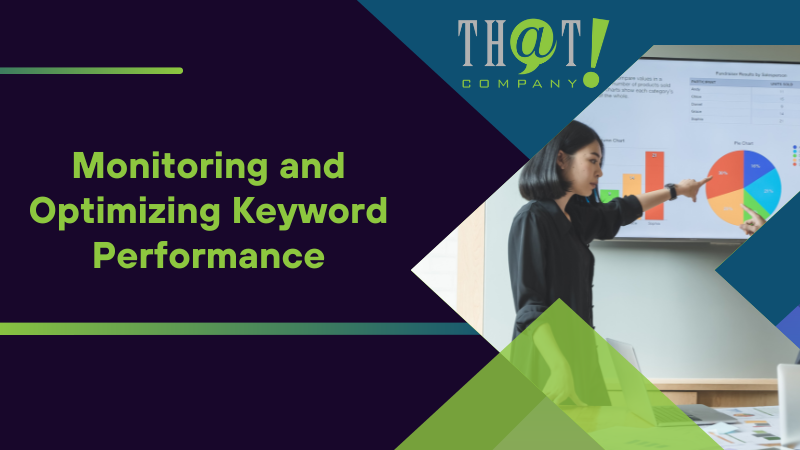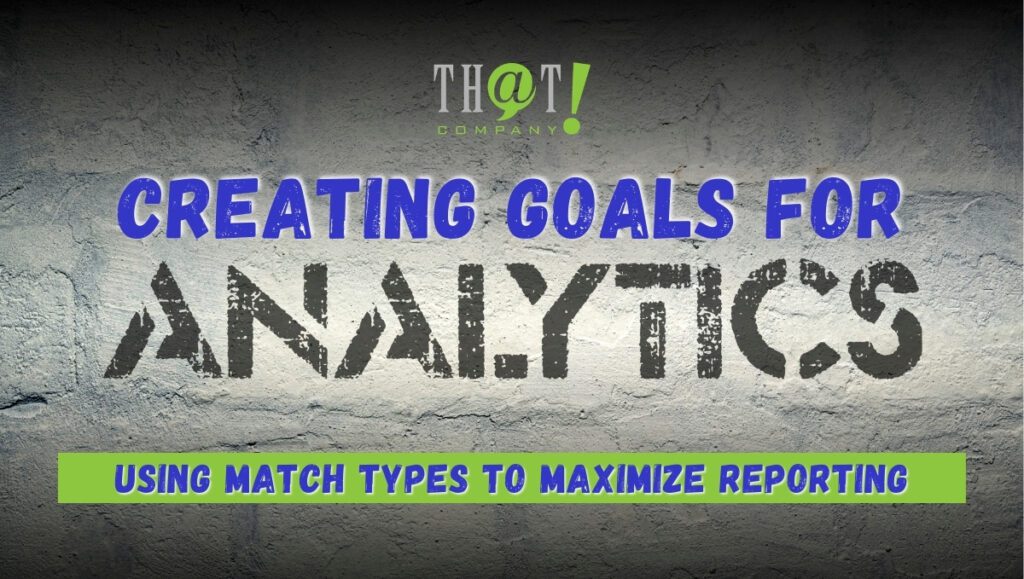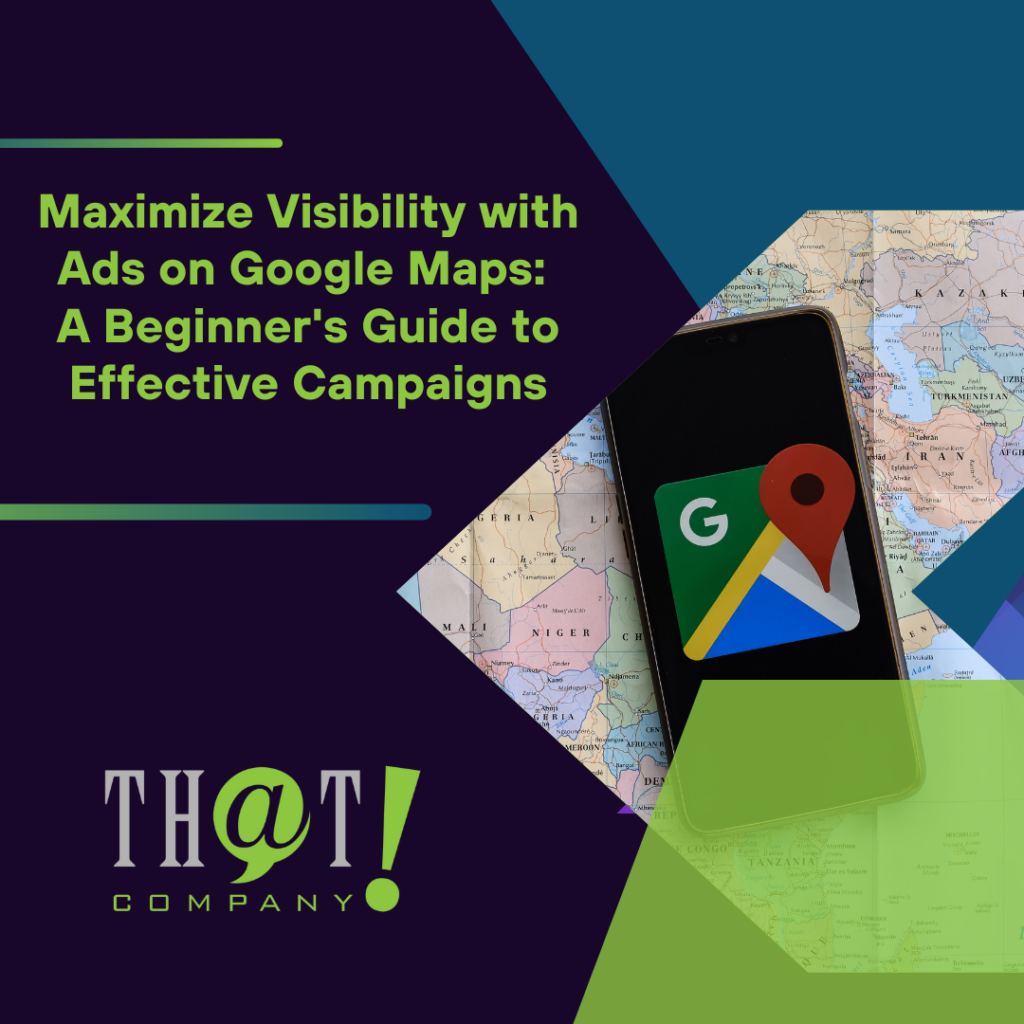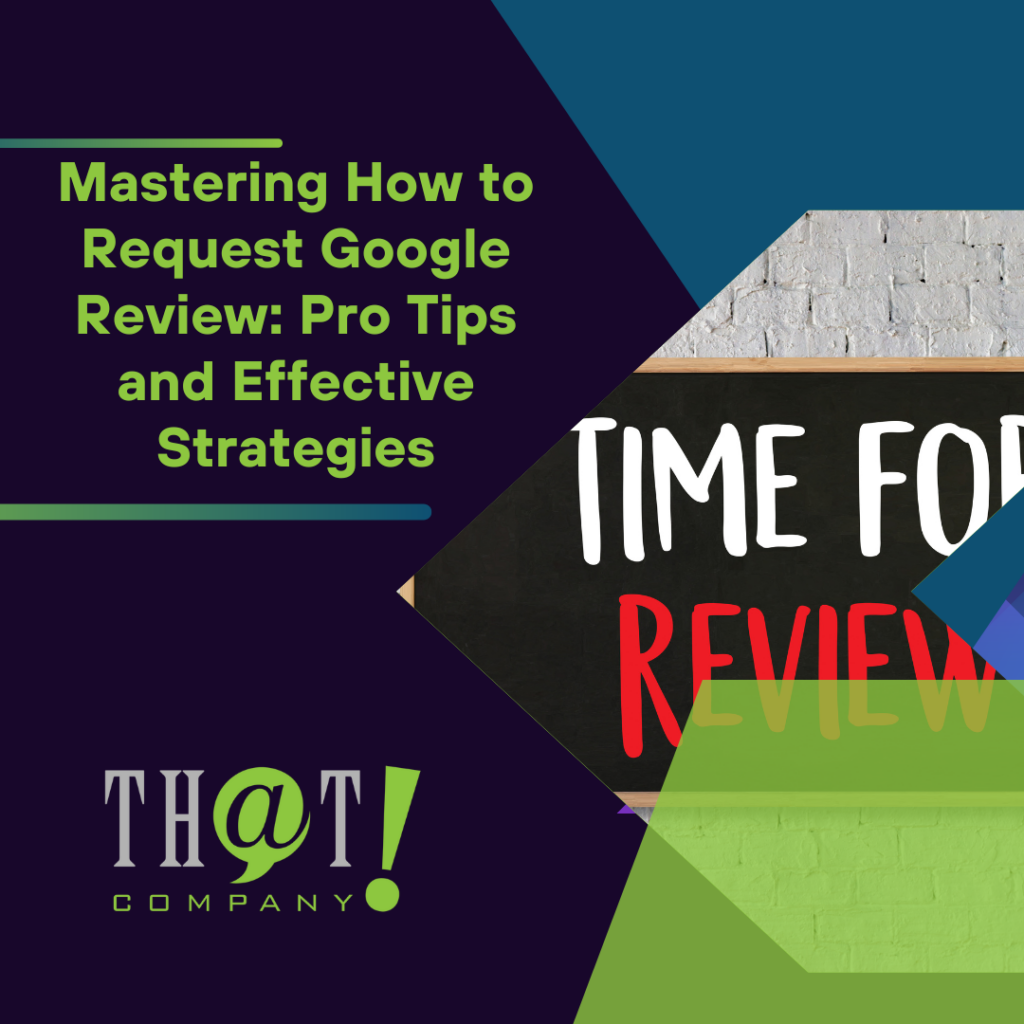
Choosing keywords for Google Ads is key to reaching your audience effectively. In this guide, you’ll learn how to choose keywords for Google Ads to find the right keywords to maximize your ad performance and ROI.
Key Takeaways
- Effective Google Ads keywords must exhibit relevance, high search volume, and alignment with user intent to optimize ad performance and reach potential customers.
- Utilizing tools like Google Keyword Planner and conducting competitor analysis assists in generating, refining, and analyzing keywords for effective targeting and improved campaign performance.
- Advanced targeting strategies, including geographic and demographic segmentation, enhance the effectiveness of Google Ads by ensuring ads reach the intended audience while improving conversion rates.

Defining a Good Google Ads Keyword
Effective keywords for Google Ads should possess characteristics such as relevance, specificity, and alignment with user intent. These keywords mirror the terms customers use when searching for products or services, ensuring that your ads are seen by the right people. Understanding how to choose keywords for Google Ads can help reach more interested customers while reducing costs and time waste.
Understanding your product, market penetration, competitors, and target audience is crucial before beginning keyword research.
The three main pillars of a good Google Ads keyword are high search volume, relevance to your landing page, and user intent.
High Search Volume
High search volume keywords indicate significant customer interest and assist in achieving wider visibility for your ads. Keyword search volume refers to the number of searches for a keyword in a month, indicating its potential reach. Organizations should consider targeting high volume keywords if their goal is to maximize reach, despite the potential for increased costs. Higher volume keywords generally come with more competition and higher cost-per-click (CPC), but they also offer the potential for a significant return on investment. Balancing high search volume with competition is crucial for effective keyword selection.
However, focusing solely on high search volume keywords isn’t always the best strategy. Sometimes, keywords with a bit lower search volume but higher relevance to your specific products or services can yield better results. This balance ensures that your ads are not just widely seen, but also highly relevant to the relevant searches of potential customers.
Tools like Google Keyword Planner can help you choose keywords by providing estimates for monthly searches and average costs associated with them.
Relevance to Your Landing Page
Keyword relevance measures the importance of a keyword to a marketer’s performance. It is crucial for Google Ads keywords to appear on the landing page to create a cohesive user journey. Relevant ads earn a higher quality score in Google Ads, leading to better ad positions and potentially lower costs. General keywords should be avoided to ensure relevance in Google Ads, as they may not connect with users’ needs. Using irrelevant keywords can lead to higher costs and a negative reflection on the business.
To ensure a seamless transition for users, keywords should be directly related to the content of the landing page. This relevance enhances the user experience, making it more likely that visitors will engage with your content and convert.
Focusing on highly relevant keywords improves ad performance and provides a better user experience, increasing the likelihood of achieving campaign goals.
User Intent
Understanding what words and phrases customers use when searching for your product or service is critical to aligning with user intent. User intent is the underlying goal or reason behind a user’s search query. Keywords with strong buying intent have a higher likelihood of leading to conversions, even if their search volume is lower. Aligning your keywords with user intent ensures that your ads attract the right audience, improving click-through rates and conversion rates.
Carefully selecting keywords to match user intent across campaigns enhances ad performance. Phrase match keywords allow variations while keeping the core phrase intact, balancing reach and specificity. Exact match keywords ensure high relevancy by matching user search terms exactly, making them effective for precision targeting.
By understanding and leveraging user intent, you can create more targeted and effective Google Ads campaigns.

Utilizing Google Keyword Planner
Google Ads Keyword Planner offers keyword recommendations based on your landing page content. It helps you discover new keyword ideas, analyze search volume and competition, and refine keywords for specific campaigns. Gaining insight into how to choose keywords for Google Ads and continuously evaluating keyword strategies are essential for improving overall campaign performance.
Let’s dive into how to generate keyword ideas, analyze search volume and competition, and refine keywords for targeted campaigns using this powerful tool.
Generating Keyword Ideas
Generating effective keyword ideas is crucial for optimizing your Google Ads campaigns. You can discover new keyword suggestions by entering relevant words or websites in Keyword Planner. Utilizing different brainstorming tools can enhance the generation of relevant keyword ideas for campaigns. Platforms like Reddit and Quora can reveal valuable long-tail keywords based on user queries.
Using tools that analyze search queries can help identify effective long-tail keywords relevant to your products or services. Additionally, tools and apps specifically designed for long-tail keyword generation can save significant time. Utilizing tools like Ahrefs and Semrush can reveal the PPC keywords that competitors rank for.
By leveraging these tools, you can generate a robust list of keyword ideas that will form the foundation of your Google Ads strategy.
Analyzing Search Volume and Competition
Analyzing search volume and competition is crucial for effective keyword selection. Keyword Planner provides estimates for monthly searches and average costs associated with keywords. When assessing potential keywords, understanding how search volume correlates with competition is essential. Tools like SEMrush and Ahrefs provide insights on trending keywords and ad performance of competitors.
Using these tools, you can monitor PPC performance and understand traffic sources. By analyzing search volume and competition, you can prioritize keywords that offer the best potential return on investment. This strategic approach ensures that your ad spend is optimized, focusing on keywords that are likely to drive the most valuable traffic to your site.
Refining Keywords for Specific Campaigns
Investing in specific, targeted keywords enhances the chances of reaching the intended audience effectively. Keywords that are too broad can generate high competition and may not lead to conversions. Including variations of keywords helps capture different search terms users may employ. Using negative keywords can help filter out irrelevant searches, ensuring ads are shown only for related queries.
Google Ads Keyword Planner enables users to discover and refine a list of keywords tailored to their specific business needs. Analyzing search volume and competition helps prioritize keywords that offer the best potential return on investment.
Regular updates to the keyword list based on performance metrics can enhance the effectiveness of Google Ads campaigns. By refining your keywords, you can create more targeted and effective campaigns that align with your business goals and audience needs.

Exploring Keyword Match Types
Google Ads provides four types of keyword matching options: broad match, phrase match, exact match, and negative keywords. Each match type serves a specific purpose and offers different levels of control over which search terms trigger your ads. Understanding and utilizing these match types can significantly enhance your ad targeting and performance.
Let’s explore each match type in detail.
Broad Match
The default match type for keywords in Google Ads is broad match. It is important to note this when setting up your campaigns. Broad match keywords match advertisements for any individual word in the term, allowing for a wider reach. This match type offers significant benefits, such as achieving a broad reach with less effort in keyword selection. However, a disadvantage of broad match keywords is that they may lead to less control over which search terms trigger your ads, potentially bringing in irrelevant traffic.
Using the broad match modifier provides more control while still benefiting from broad match. This allows you to specify certain words that must be included in the search queries, thus improving relevance while maintaining a wide reach.
By carefully managing broad match keywords, you can optimize your campaigns for both reach and relevance.
Phrase Match
Phrase match keywords enable advertisers to reach users through more specific queries. Keywords must match user queries but can be part of longer phrases. Using phrase match keywords helps advertisers connect with users expressing specific intent in their searches. This match type is useful for targeting search queries that include a specific phrase, providing a balance between reach and specificity.
Phrase match keywords are enclosed in quotation marks to indicate that the core “keyword phrase” must be present in the search query. This approach ensures that your ads are shown to users who are searching for terms closely related to your offerings, improving the chances of attracting relevant traffic.
Exact Match
Exact match keywords are designed to show ads only when the user’s search term exactly matches the keyword. This match type delivers the highest relevance by matching user queries with minimal variations. Using exact match keywords helps ensure that your ads are precisely aligned with user searches, enhancing chances of conversion.
Exact match keywords provide the greatest level of control over which searches trigger your ads. This precision makes them highly effective for targeting specific audiences and achieving high conversion rates. By leveraging exact match keywords, you can create highly targeted and efficient Google Ads campaigns.
Negative Keywords
Negative keywords prevent ads from displaying for specific search terms to enhance targeting efficiency. Implementing negative keywords enhances ad performance by filtering out unwanted search queries. This strategy guarantees that your ads are displayed only to users who are truly interested in your products or services.
Regularly reviewing and updating your negative keyword list will continually enhance the relevance and effectiveness of your campaigns. This proactive approach helps reduce wasted ad spend and increases the overall performance of your Google Ads efforts.

Leveraging Long-Tail Keywords
Using a mix of high- and low-volume keywords can help achieve a balance between broad reach and cost-effectiveness. Long-tail keywords generally lead to cost-effective campaigns due to their lower competition. Mastering how to choose keywords for Google Ads and selecting those that reflect strong buying intent can significantly boost conversion rates, even with lower search volume.
Let’s explore how to leverage long-tail keywords for better ad performance.
Lower Competition
Long-tail keywords typically target more specific search queries, making them highly relevant to niche audiences. This specificity often results in lower competition, allowing advertisers to optimize their ad spend. Lower competition is expected with lower search volume, which means targeting lesser-known search terms can be advantageous.
Using long-tail keywords can lead to more cost-effective advertising campaigns in Google Ads due to their lower competition levels. By focusing on these specific keywords, you can achieve better ad placement and attract a more targeted audience.
Higher Conversion Rates
Long-tail keywords are more specific and tend to have a higher likelihood of conversions due to their focused nature. The specificity of long-tail keywords often correlates with higher conversion rates in campaigns. Users searching for long-tail keywords often exhibit clearer buying intentions, enhancing conversion likelihood.
Long-tail keywords often attract customers who are further along in the buying process, leading to increased conversion likelihood. Targeting these specific keywords leads to more effective Google Ads campaigns and higher conversion rates.
Finding Long-Tail Keywords
Long-tail keywords help you target specific audiences and niche markets, increasing ad relevance. Long-tail keywords typically have less competition, which can lead to lower cost-per-click and better ad placement. Due to their specificity, long-tail keywords generally offer higher conversion rates as they align better with user intent.
To find long-tail keywords, use tools like Google Keyword Planner and consider your audience’s specific queries. Analyzing user search queries and leveraging platforms like Reddit and Quora can reveal valuable long-tail keywords.
By focusing on these highly specific keywords, you can enhance the effectiveness of your Google Ads campaigns.

Need Help? Use the White Label Agency Leading Agencies Use
Navigating the complexities of Google Ads can be challenging, especially when balancing keyword selection, ad creation, and budget management. Understanding how to choose keywords for Google Ads is crucial for campaign success. This is where That! Company’s White Label PPC Services come into play. These services allow agencies to resell marketing campaigns while outsourcing fulfillment to specialists, ensuring high-quality execution and results. By partnering with That! Company, agencies can leverage a team of experienced professionals who manage every aspect of PPC campaigns, from keyword research to ad optimization.
Integrating That! Company’s White Label PPC Services empowers agencies to expand their service offerings without needing in-house expertise. This approach helps agencies enhance their portfolio, focus on core business areas, and ensure clients receive top-notch service with measurable outcomes. The streamlined process and expert handling lead to improved client satisfaction and increased brand awareness.
Utilizing That! Company’s White Label PPC Services enables agencies to effectively target audiences and achieve desired marketing goals, ultimately leading to increased client satisfaction and business growth.

Using Competitor Analysis for Keyword Research
Competitor analysis is a valuable tool for enhancing your Google Ads strategy. By understanding which keywords competitors are targeting, you can refine your keyword strategy to compete effectively. Competitor analysis can reveal your competitors’ targeted keywords and advertising strategies, providing insights that can inform your own campaigns.
Let’s explore the tools and techniques for conducting competitor analysis and how to implement these insights into your campaigns.
Tools for Competitor Analysis
Many free and paid PPC tools are available for analyzing keyword competition, offering valuable insights that inform your keyword strategy. While free tools can help get started, investing in paid tools may provide more detailed data and features. Leveraging these tools effectively can significantly enhance the efficiency of your keyword research efforts.
Popular tools like SEMrush, SpyFu, and Ahrefs provide insights into competitors’ keyword strategies and ad performance. These tools can reveal which keywords are generating significant traffic for your competitors, helping you identify opportunities to improve your own campaigns. By using these tools, you can stay ahead of the competition and continuously optimize your Google Ads strategy.
Identifying Successful Keywords
Using the Google Ads Transparency Center allows you to see your competitors’ recent ads across various Google platforms. Analyzing competitors’ ad copy can help uncover high-performing keywords included in their headlines. Competitor analysis is crucial for identifying successful keywords that can drive traffic to your campaigns.
By identifying the keywords that are working well for your competitors, you can incorporate these successful terms into your own keyword strategy. This approach helps you understand what drives traffic in your niche and allows you to target these high-performing keywords in your campaigns, increasing your chances of success.
Implementing Insights into Your Campaign
Analyzing competitor keywords can provide valuable insights that enhance your own Google Ads campaigns. Identifying successful keywords used by competitors will help you understand what drives traffic in your niche. Integrate the successful keywords you’ve identified into your campaigns to improve targeting and increase ROI.
By implementing these insights, you can create more targeted and effective Google Ads campaigns. This approach ensures that your ads are optimized for the keywords that are most likely to drive valuable traffic, improving your overall Google Ads campaign performance.

Targeting Based on Location and Language
Language and location settings can be customized in Google Ads to effectively reach the right audience. Customizing location and language settings enhances audience targeting in Google Ads. Properly adjusted location and language settings enhance the effectiveness of ads by ensuring they reach the intended audience.
Let’s explore geographic targeting and language settings in more detail.
Geographic Targeting
Geographic targeting can enhance advertising success by focusing on areas where potential customers are located. Local shops or restaurants, for example, benefit greatly from precise location targeting. Custom location targeting can achieve a high level of detail, specifying territories, countries, regions, cities, or smaller areas. Businesses can use radius targeting to deliver ads to users within a specified distance from their location.
To ensure ads reach the specified area, changing location targeting in Google Ads is essential. Creating separate campaigns for different settings in Google Ads allows for targeting based on significant differences like location or product. This approach helps optimize ad spend and ensures your ads are seen by the most relevant audience.
Language Settings
Setting language preferences in Google Ads ensures that ads are displayed to users who speak the desired language. Setting the appropriate language for ads helps ensure they are visible to users who can comprehend them. This targeting ensures that your message is effectively communicated to your audience, improving the chances of engagement and conversion.
By considering different variations and alternative spellings of keywords, you can further refine your language targeting. This attention to detail ensures that your ads reach the right audience, regardless of the specific language or dialect they use, enhancing the overall effectiveness of your campaigns.

Monitoring and Optimizing Keyword Performance
Analyzing competitors’ keyword strategies can help identify gaps and opportunities in your own campaigns. Gaining expertise in how to choose keywords for Google Ads is essential for staying competitive. Ongoing monitoring is crucial for ensuring ads remain relevant and engaging, boosting click-through rates, and reducing costs per click through data-driven adjustments.
Let’s explore the key metrics to track, the importance of data-driven adjustments, and the necessity of regularly updating your keyword list.
Tracking Key Metrics
Key performance indicators for Google Ads include click-through rate (CTR), cost per click (CPC), and conversion rates. The conversion rate can be determined by using the formula: (conversions / total visitors) * 100%. This formula allows for the calculation of the percentage of visitors who complete a conversion. Researching competitors’ ad traffic can help pinpoint which keywords are generating the most engagement.
By tracking these key metrics, you can gain valuable insights into the performance of your keywords and campaigns. This data allows you to make informed decisions about where to allocate your budget and which keywords to prioritize, ensuring your campaigns are optimized for the best possible results.
Making Data-Driven Adjustments
To assess keyword profitability, identify which keywords delivered the best profits. If keyword performance is poor, focus on conversion rate optimization to enhance results. Consider the conversions delivered by keywords as a crucial aspect of measuring success. Lower volume keywords can generate clicks and conversions at a better price, providing cost-effective opportunities.
Making data-driven adjustments ensures that your campaigns are continually optimized for the best performance. By regularly analyzing performance data and making informed adjustments, you can improve the efficiency and effectiveness of your Google Ads campaigns, maximizing your return on investment.
Regularly Updating Your Keyword List
It’s recommended to revise your keyword list approximately every three to six months to maintain its effectiveness against market changes. Frequent updates ensure that keywords remain relevant and aligned with current trends and customer behavior. Reviewing keyword performance and removing ineffective keywords is crucial for optimizing Google Ads campaigns.
Adjustments to keyword lists should take into account changes in business goals and the competitive landscape. Regular updates to the keyword list can help reflect changes in market trends, customer behavior, and competition. Maintaining an updated keyword list is critical for achieving optimal ad performance and staying competitive.

Advanced Audience Segmentation Strategies
Long-tail keywords tend to attract customers who are further along in the purchasing process. Incorporating new keywords based on performance data can significantly improve the effectiveness of your advertising campaigns.
Advanced audience segmentation strategies allow marketers to create more precise and effective campaigns by analyzing behavioral data. Let’s explore how to choose keywords for Google Ads, behavioral targeting, demographic targeting, and purchase intent targeting in more detail.
Behavioral Targeting
Behavioral targeting utilizes data on user behavior to tailor keyword strategies and optimize ad performance. Advanced audience segmentation strategies allow marketers to create more precise and effective campaigns by analyzing behavioral data. Demographic targeting involves adjusting keyword strategies based on the demographic characteristics of the audience, ensuring relevance and reach.
Behavioral data helps identify patterns in user behavior to inform keyword strategy. This approach allows you to create highly targeted campaigns that resonate with your audience, improving engagement and conversion rates.
Demographic Targeting
Reaching specific audience segments based on attributes like age, gender, and income is the core of demographic targeting. Demographic targeting in Google Ads allows for the customization of campaigns based on factors like age, gender, and location. Adjusting keyword strategies for demographic targeting can significantly improve the relevance of ads to specific age, gender, or location groups.
Focusing on keywords that indicate purchase intent can help marketers tailor their campaigns to align with consumers at different stages of the buying process. By considering demographic factors, you can create more targeted and effective Google Ads campaigns that resonate with your audience.
Purchase Intent Targeting
Keywords that align with the buyer’s journey stages address varying purchase intents. Targeting users at different stages of the buyer’s journey can optimize keyword strategies and enhance conversion rates. By understanding and targeting purchase intent, you can create more effective Google Ads campaigns that drive higher conversion rates.
By aligning your keywords with the different stages of the buyer’s journey, you can create highly targeted campaigns that resonate with your audience’s needs and intentions. This approach ensures that your ads are relevant and effective, improving your overall campaign performance.

Enhancing Ad Groups with Relevant Keywords
Organizing keywords into ad groups helps enhance targeting for specific campaigns. High-performing keywords should be prioritized to maximize return on investment in Google Ads.
Let’s explore how to choose keywords for Google Ads, create specific ad groups, test multiple ads, and ensure keyword relevance for optimal campaign performance.
Creating Specific Ad Groups
It is recommended to add 10-20 keywords in an ad group for optimal performance. Focusing only on a single keyword ad group can lead to difficulties in managing hundreds of thousands of low volume keywords. Narrowly themed ad groups allow for more precise targeting and higher relevance in ads and landing pages.
Multiple exact match keywords can result in better ROI with lower CPC. By organizing your keywords into specific ad groups, you can create highly targeted campaigns that resonate with your audience and drive better results.
Testing Multiple Ads
Marketers can identify the best-performing ad copy by testing different ads within an ad group. Testing multiple ads within each ad group allows marketers to assess which ads resonate best with their target audience. Testing is crucial as it helps identify variations in ad copy that can significantly impact click-through rates and conversions.
Continuous testing and optimization of ad strategies lead to better ROI and campaign effectiveness. By regularly testing different ad variations, you can identify the most effective ad copy and optimize your campaigns for better performance.
Ensuring Keyword Relevance
Effective keywords for Google Ads should be relevant, specific, and aligned with user intent. Keywords should closely relate to your landing page content for a cohesive and relevant user experience. Understanding different keyword match types, such as broad, phrase, and exact match, is crucial for maintaining relevance in your campaigns.
Organizing ad groups effectively by creating specific themes helps maintain high keyword relevance and optimize campaign performance. By ensuring your keywords are relevant, you can create highly targeted campaigns that resonate with your audience and drive better results.

Summary
Choosing the right keywords for Google Ads is a critical component of a successful campaign. By understanding the importance of high search volume, relevance to your landing page, and user intent, you can select keywords that effectively reach your target audience. Utilizing tools like Google Keyword Planner and conducting competitor analysis can help generate and refine keyword ideas, ensuring your PPC management White Label campaigns are optimized for the best performance.
Ongoing monitoring and optimization, advanced audience segmentation strategies, and the use of white label services can further enhance your Google Ads campaigns. By following the strategies outlined in this guide, you can create highly targeted and effective campaigns that drive valuable traffic and achieve your business goals. Start implementing these techniques today and take your Google Ads campaigns to the next level.

Frequently Asked Questions
How many keywords should I use for Google Ads?
It is advisable to use between 20 to 25 keywords per ad group in your Google Ads account, with a maximum of 30 keywords to maintain effectiveness. This approach ensures better targeting and management of your campaigns. Learning how to choose keywords for Google Ads helps optimize your selection, improving ad relevance and performance. Utilizing White Label services for agencies can further enhance campaign management and scalability.
What are the key characteristics of a good Google Ads keyword?
A good Google Ads keyword is relevant, specific, and aligned with user intent, effectively mirroring the terms customers use when searching for products or services. This ensures optimal targeting and higher engagement.
How can I generate new keyword ideas for my Google Ads campaigns?
Generating new keyword ideas for your Google Ads campaigns can effectively be achieved by utilizing tools such as Google Keyword Planner, SEMrush, and Ahrefs, as well as exploring user search queries on platforms like Reddit and Quora. These methods will provide valuable insights and enhance your keyword strategy.
What is the importance of using negative keywords in Google Ads?
Utilizing negative keywords in Google Ads is crucial as it enhances targeting efficiency by preventing your ads from appearing for irrelevant search terms. This ensures your ads reach users who are genuinely interested in your offerings.
How often should I update my keyword list for Google Ads?
You should update your keyword list for Google Ads approximately every three to six months to ensure it remains relevant and effective. Regular revisions will help you stay aligned with market changes and current customer behavior.

























